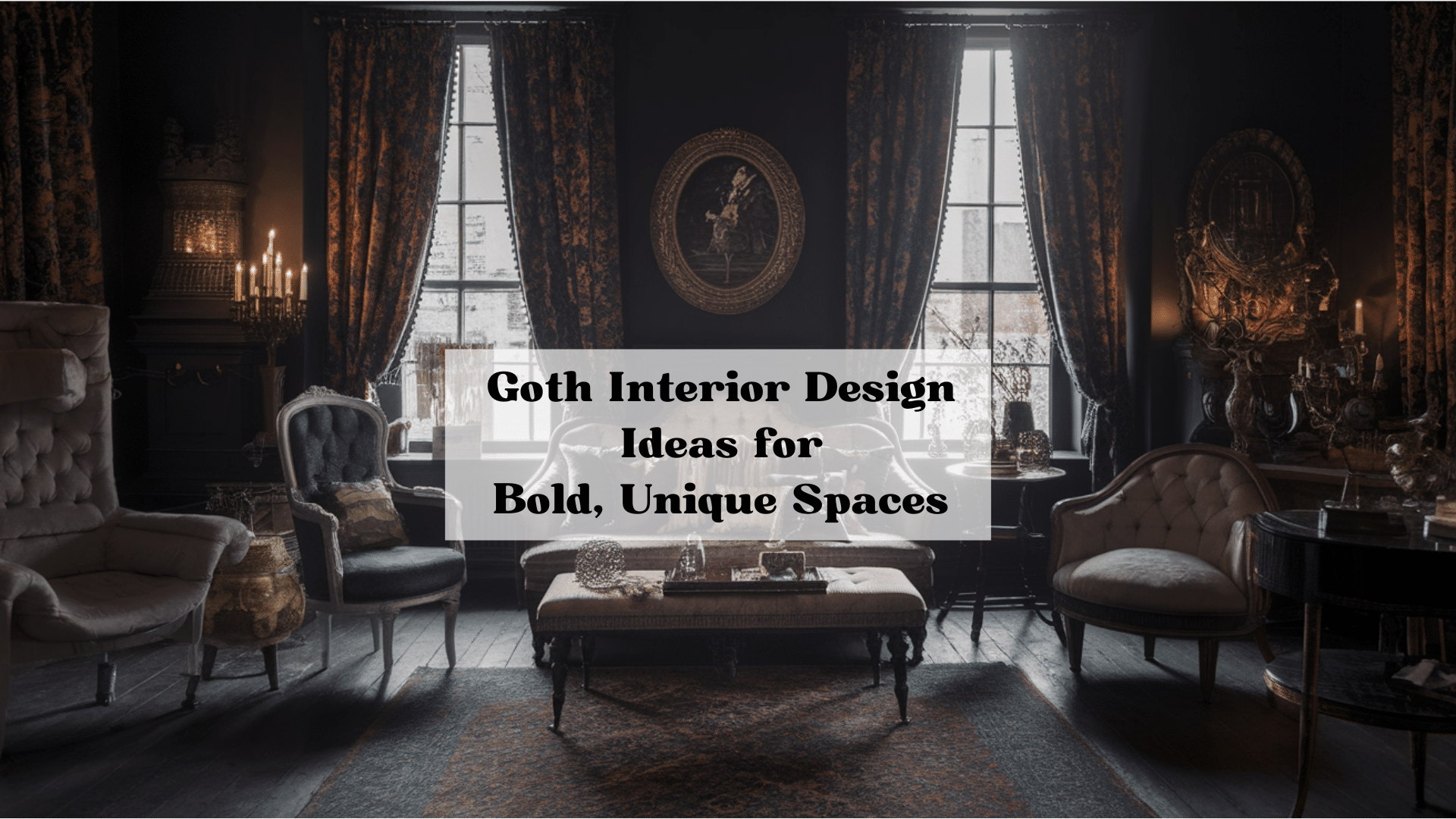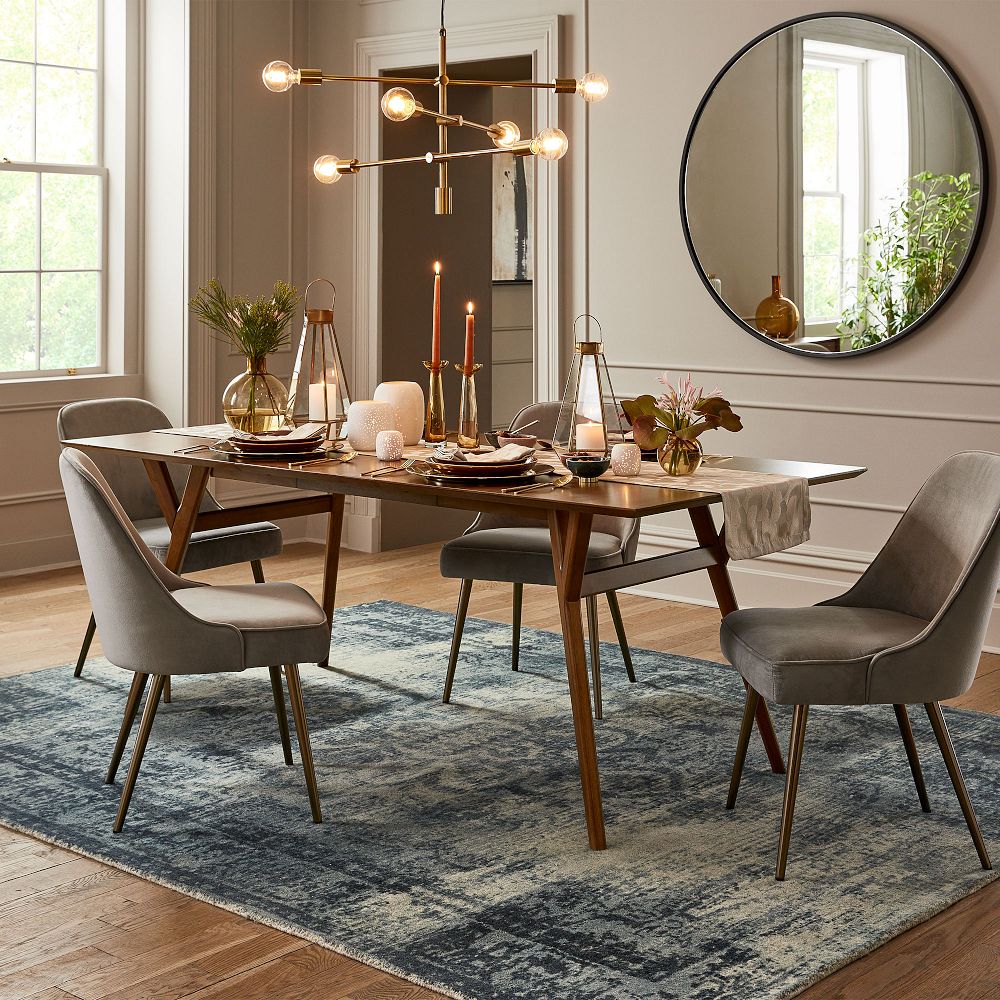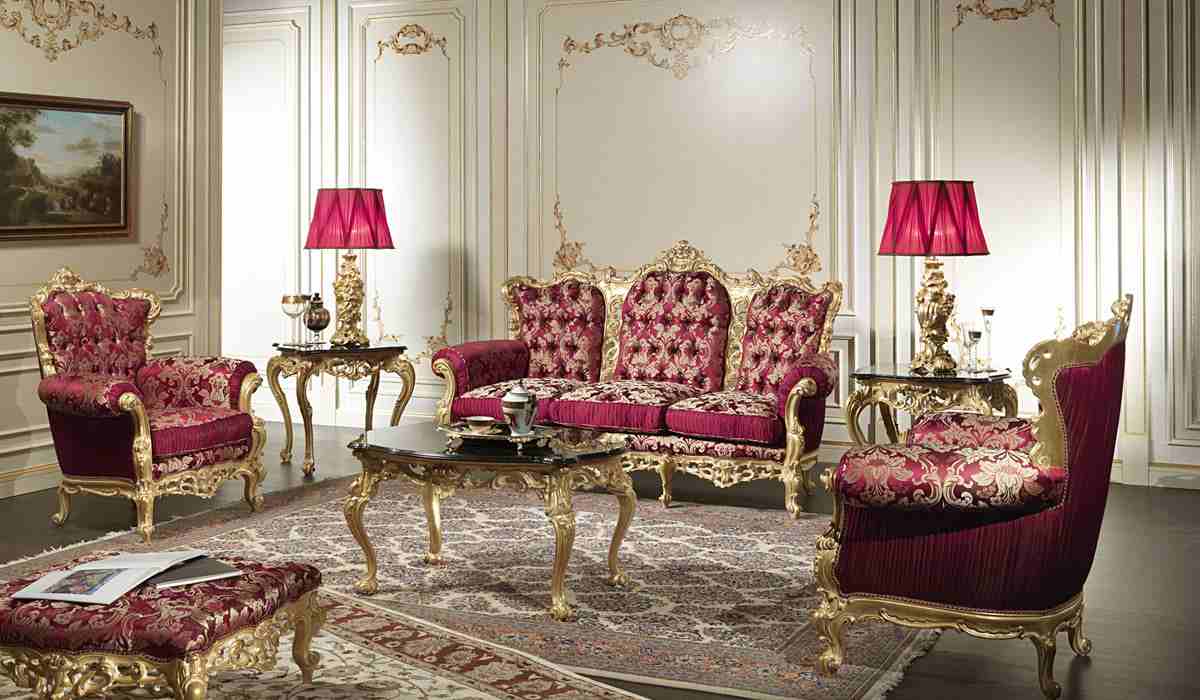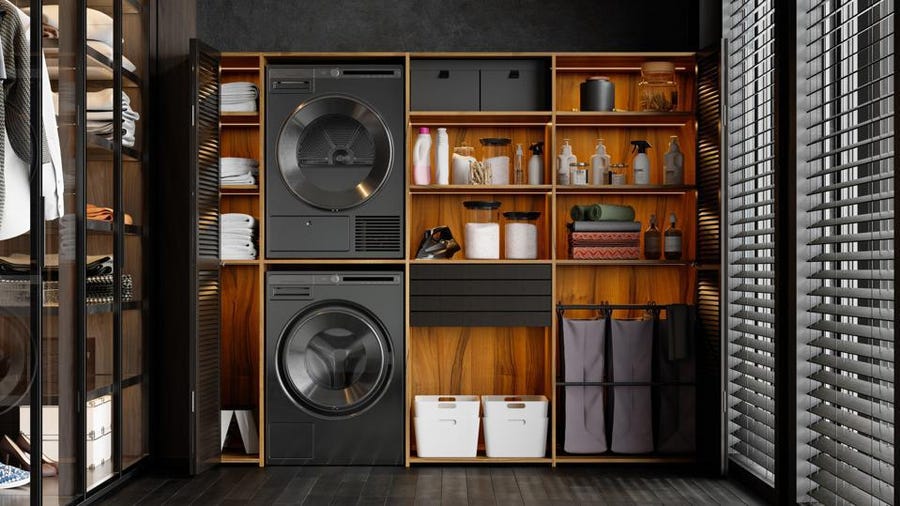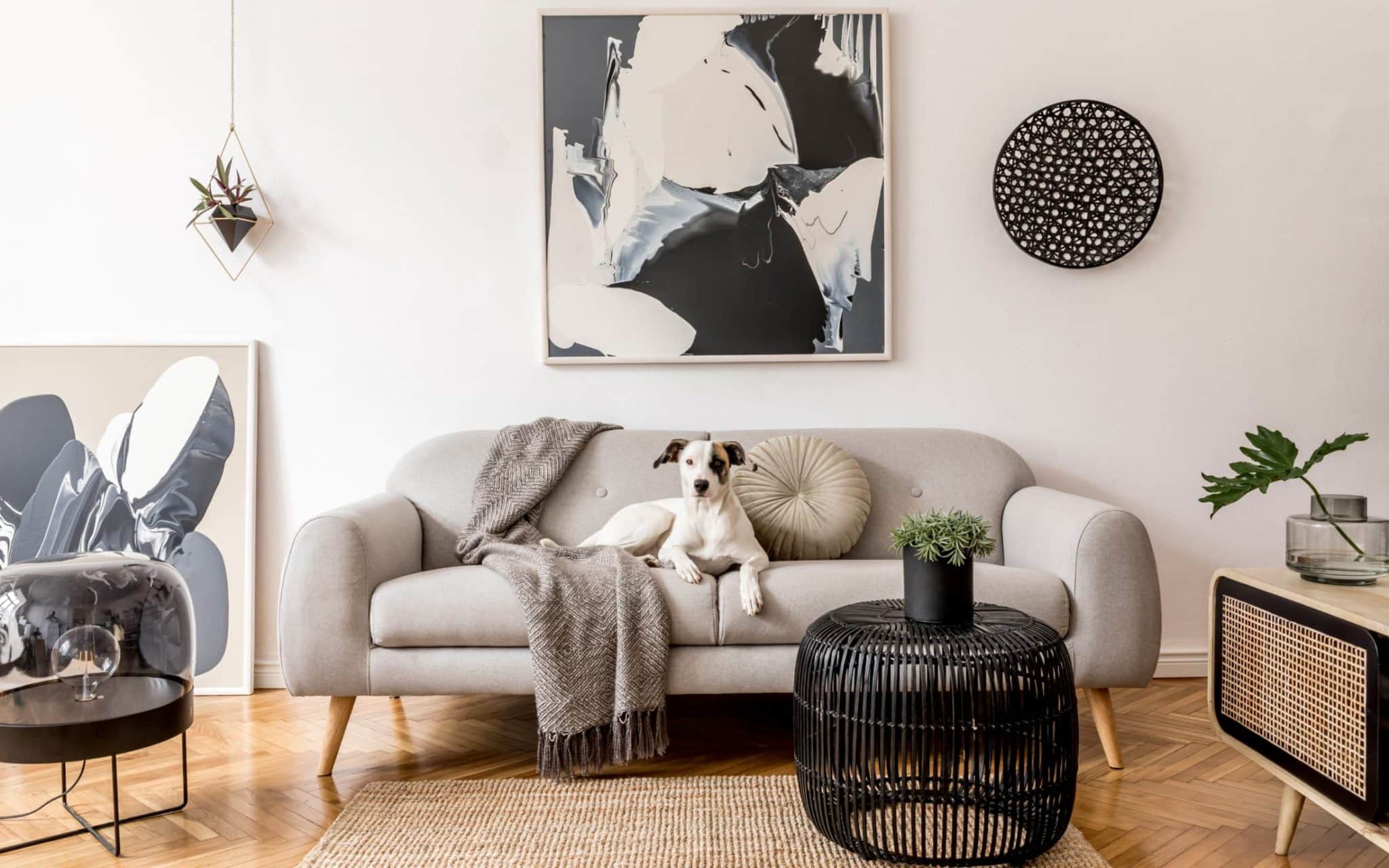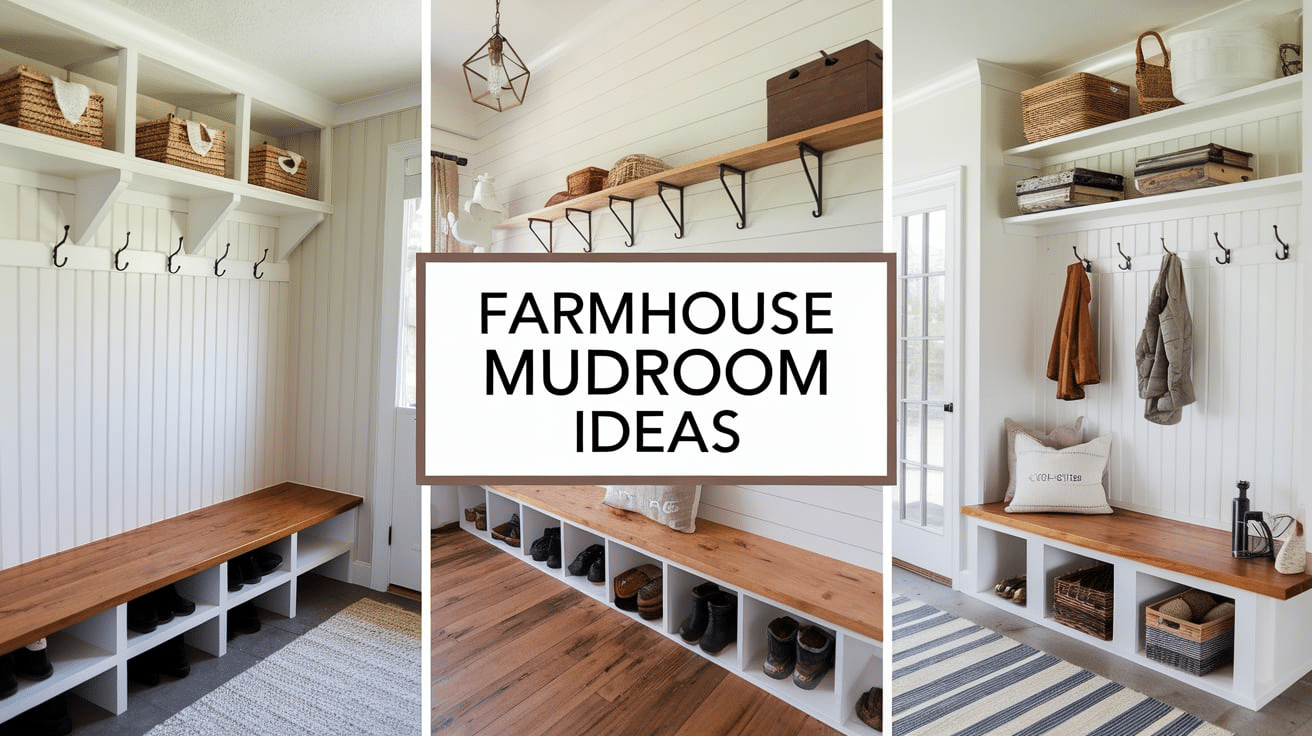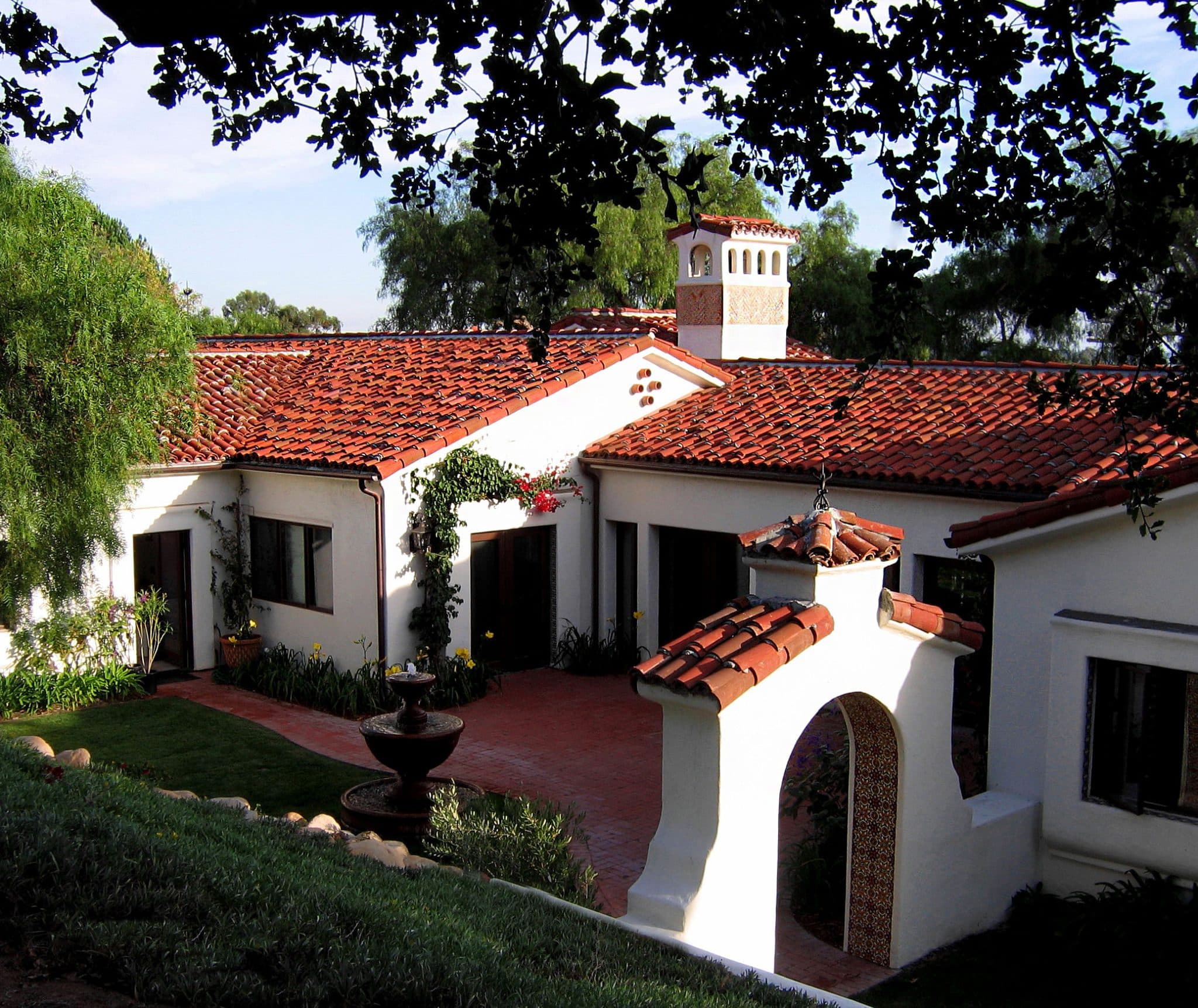Goth Interior Design: Types and Room Inspiration
Gothic interior design brings a touch of old-world drama to modern homes.
Drawing from medieval styles, this design approach uses dark colors, bold shapes, and rich textures to create spaces that feel both grand and cozy.
Many homeowners are drawn to Gothic interiors because they offer something different from today’s usual bright, simple designs.
The style mixes history with modern comforts, allowing people to express their unique tastes through their living spaces.
Gothic design works in both large and small spaces, creating rooms that tell a story and make guests stop and look.
This style turns ordinary rooms into personal retreats that feel both striking and welcoming.
Key Elements of Gothic Interior Design
Gothic interior design combines several important features to create a unique look and feel.
When these elements combine, they create spaces that stand out from typical modern homes.
1. Dark Color Schemes
The gothic design relies on deep, rich colors. Black walls create a bold statement and serve as a perfect backdrop.
Deep jewel tones like burgundy, purple, and forest green add richness.
The style often uses stark contrasts—dark wood against white walls or black frames around light-colored art—to make each element pop and create visual interest.
2. Intricate Architectural Details
Pointed arches, ribbed vaults, and tall windows define Gothic spaces.
Even in modern homes, adding wood trim to create the look of arches or installing ornate moldings can bring this feeling.
These details draw the eye upward and make rooms feel taller and more grand.
3. Gothic Furniture and Fixtures
Furniture in Gothic spaces tends to be made of dark wood with carved details. Pieces often have a sense of weight and history to them.
Look for chairs with high backs, tables with chunky legs, and cabinets with metal hardware.
Mixing in a few antique pieces adds to the historic feel without making spaces feel like museums.
4. Lighting and Atmosphere
Lighting plays a key role in Gothic design. Chandeliers with many arms create pools of warm light.
Table lamps with stained glass shades cast colored patterns. Wall sconces add glow at eye level.
The goal is soft, warm lighting that creates shadows and depth, making the space feel both cozy and slightly mysterious.
Types of Gothic Interior Design
Victorian Gothic
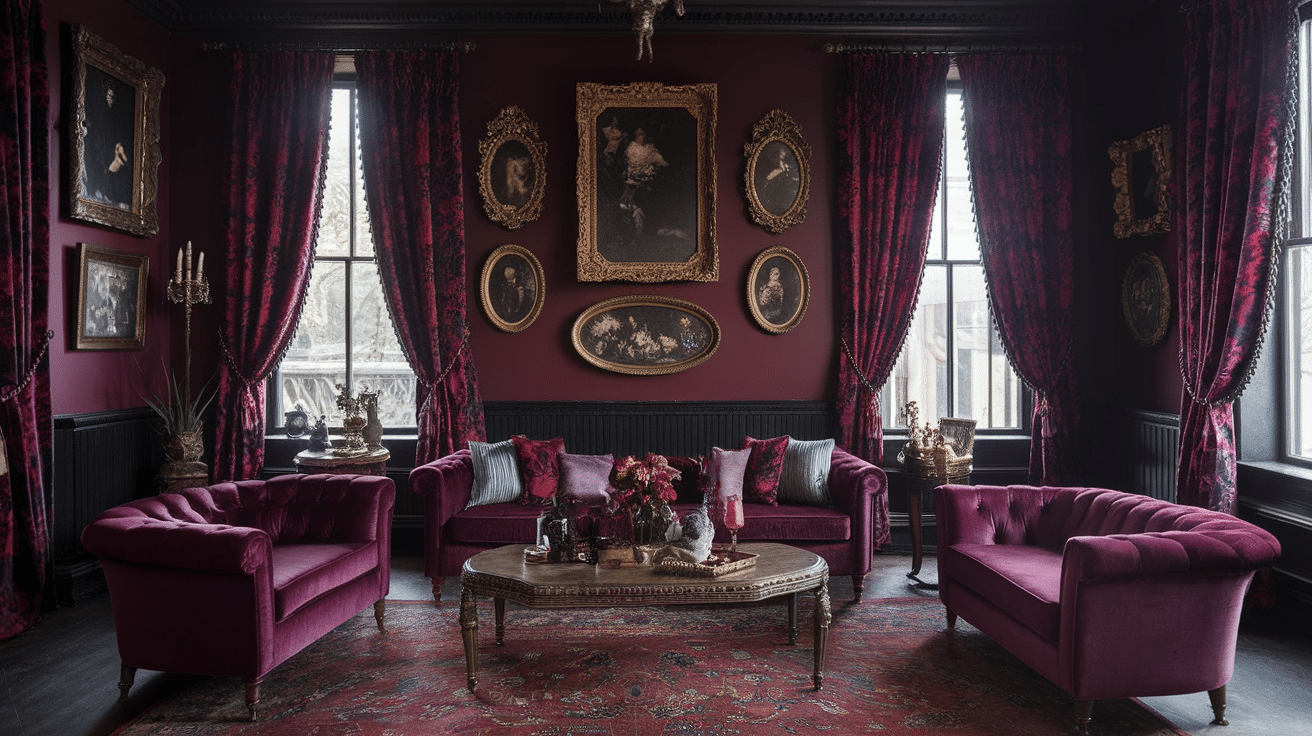
Victorian Gothic combines dark elements with rich Victorian comforts.
Look for patterned wallpaper, velvet furniture, and detailed woodwork.
The style uses deep reds and purples paired with collections of curiosities and ornate picture frames.
Victorian Gothic spaces feel plush and layered.
Medieval Gothic
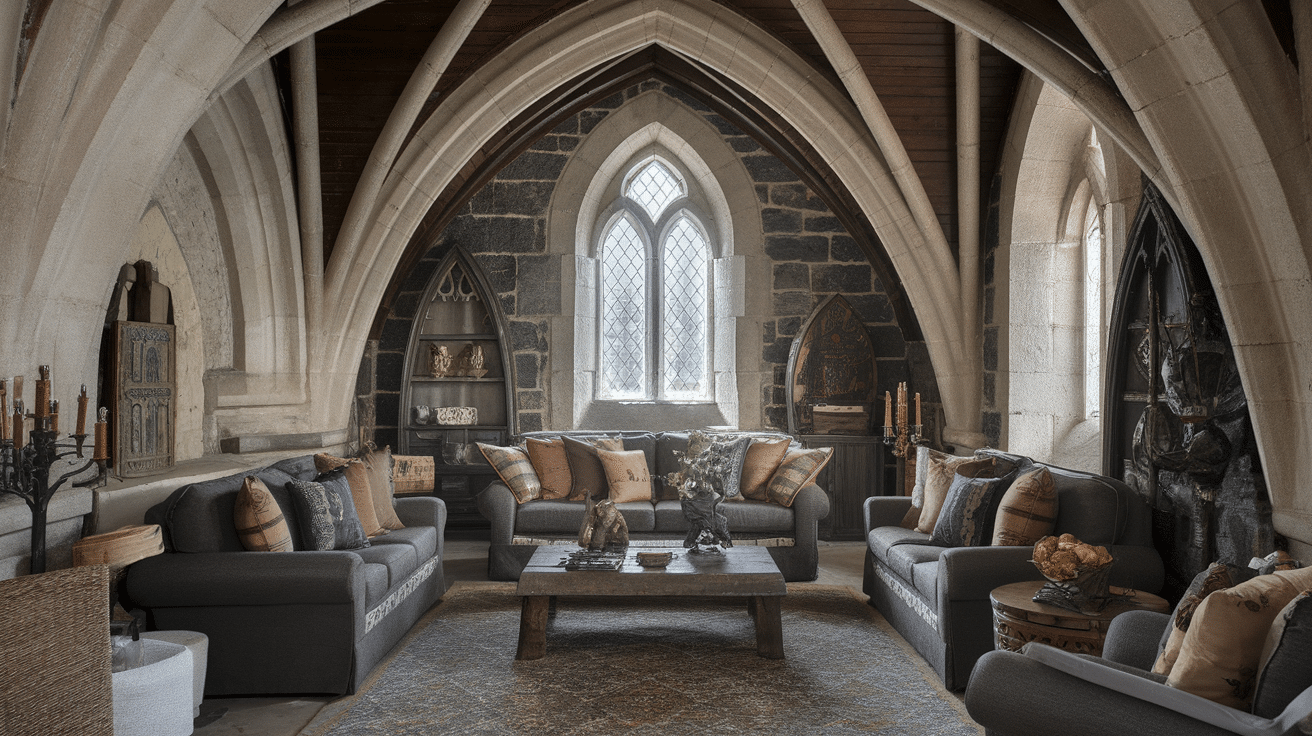
Medieval Gothic draws directly from castles and cathedrals.
Stone walls, iron fixtures, and heavy wooden furniture create a sturdy, timeless feel.
This style uses earth tones with touches of deep blue and red.
Arched doorways, exposed beams, and wall hangings that mimic tapestries complete the look.
Modern Gothic
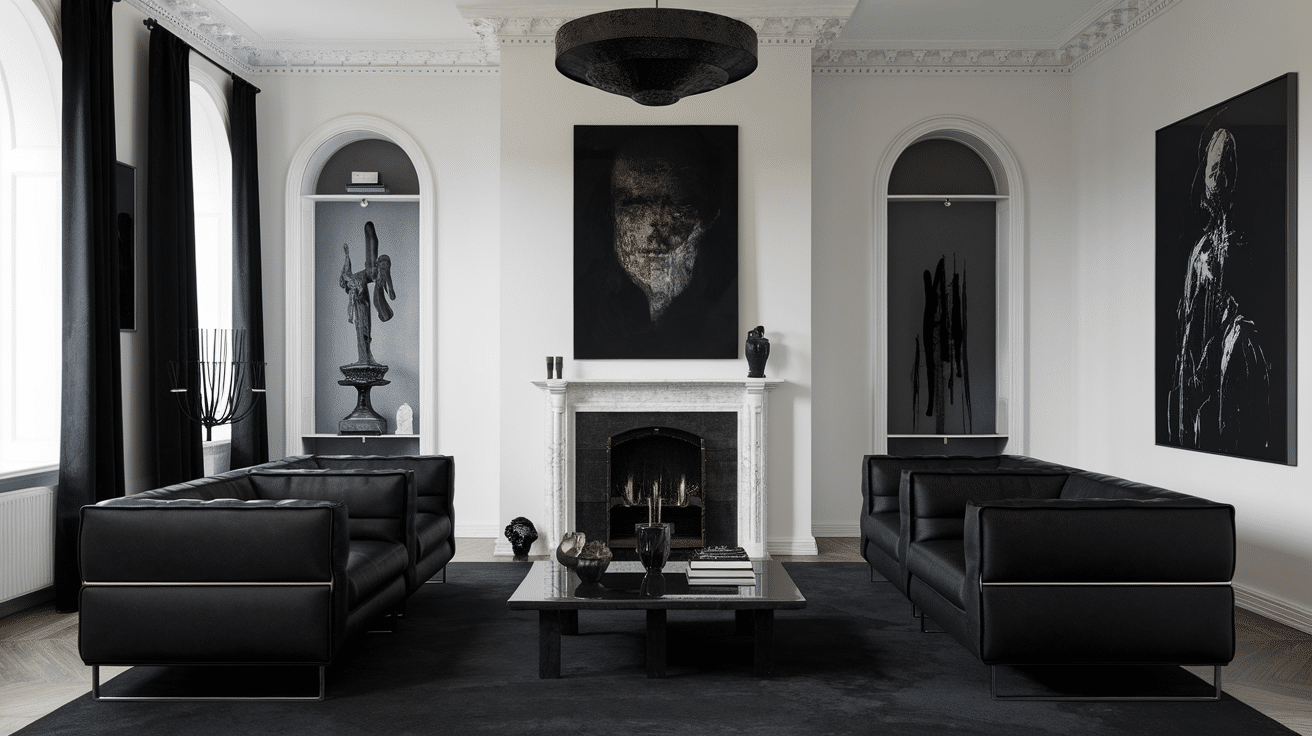
Modern Gothic blends the mood of Gothic design with clean, contemporary lines.
Black furniture with simple shapes pairs with select Gothic touches like statement lighting or art.
This approach keeps spaces feeling current while adding depth through color and texture.
Modern Gothic works well in apartments and newer homes.
How to Achieve a Gothic Look in Your Home
Here are practical ways to add Gothic elements to different rooms while keeping them livable and comfortable.
Gothic Bedroom Design
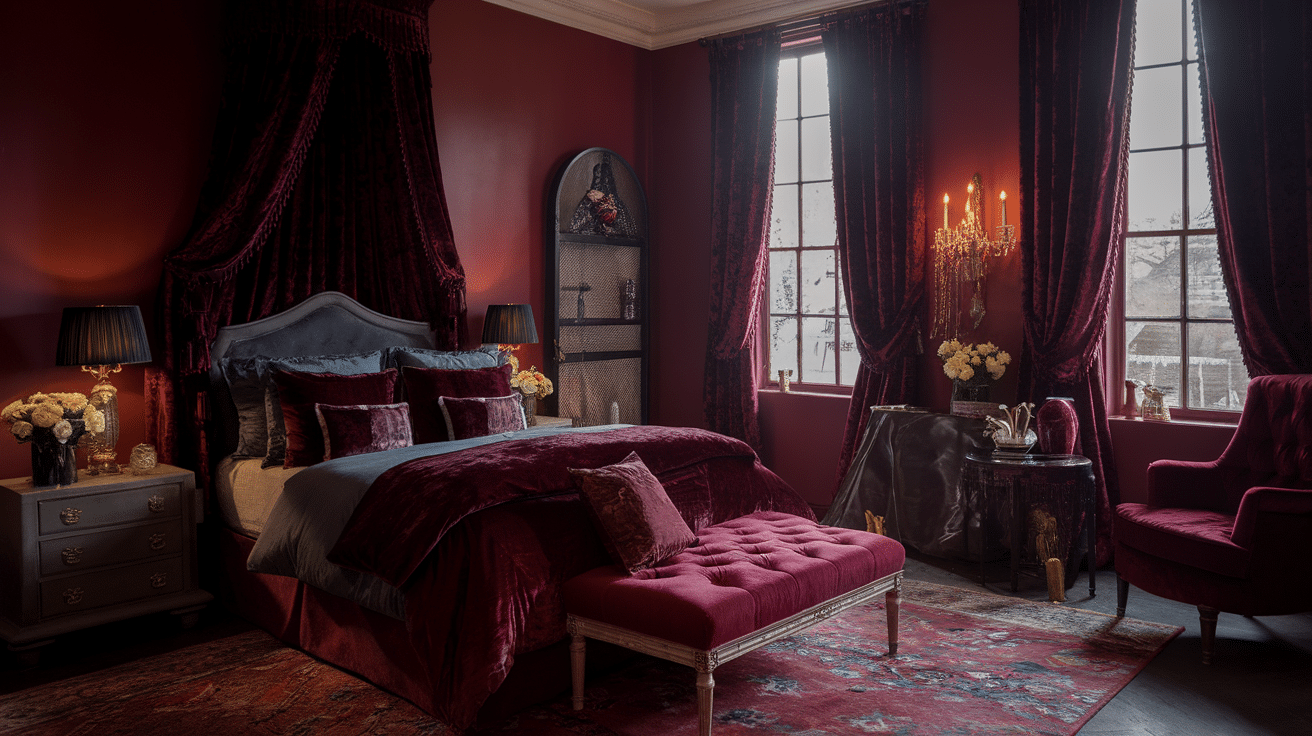
The bedroom is perfect for the Gothic style since this look creates a cozy, nest-like feeling—paint walls in deep colors like charcoal, navy, or eggplant.
Hang heavy curtains that block light completely for better sleep.
Choose a bed with a tall headboard or add a canopy frame for drama.
Layer bedding in different textures—velvet, cotton, and satin—for richness.
Complete the look with wall sconces that cast a warm glow and a vintage-style area rug to warm up wood floors.
Gothic Living Room

In the living room, mix old and new for a Gothic space that’s still practical.
A modern sofa in black or dark gray provides comfort while fitting the color scheme.
Carved wooden side tables or a chest used as a coffee table add character.
Display books with dark covers and group candles on trays for evening lighting.
Wall art can include old maps, black-and-white photos, or mirrors with ornate frames.
A bookcase with glass doors makes a perfect place to show off collections.
Gothic Bathroom Design

The bathroom offers great opportunities for Gothic style.
Choose dark tiles for floors or shower walls—matte black, deep green, or navy work well. Above the sink, install a mirror with an ornate frame.
Wall-mounted light fixtures with glass shades add gentle lighting.
Even small bathrooms can feel Gothic with dark towels, a rich-colored shower curtain, and a few well-chosen items, such as a tray for toiletries or a small stained-glass window hanging.
Tips for Balancing Gothic Style with Modern Living
Gothic style can create stunning homes but needs balance to stay livable.
Here are ways to enjoy this bold look without making spaces feel too dark or unwelcoming.
Dark colors and heavy furniture can sometimes overwhelm Gothic spaces.
The key is finding the right balance between drama and comfort in your home.
- Keep one element light, like trim, rugs, or curtains
- Place mirrors to reflect natural light throughout the room
- Add metallic accents through frames, fixtures, or decorative objects
- Use an accent wall instead of painting all walls dark
- Choose furniture with dark frames but lighter upholstery
- Add plants to bring life and soften the overall look
What to Avoid in Gothic Interior Design
While dark colors define the Gothic style, going too dark throughout can make rooms feel small and gloomy.
The key is creating contrast and balance:
- Paint one focal wall dark while keeping others in lighter shades
- Use white or cream trim around doors and windows to frame dark walls
- Add mirrors to bounce light around the room
- Include metallic elements like brass, copper, or silver to reflect light
- Choose furniture in varying tones rather than all black
- Add light-colored textiles like cream throws or pillows with patterns
- Make sure each room has at least three light sources at different heights
- Consider lighter floors if walls and furniture are very dark
These techniques help maintain the Gothic mood while keeping spaces feeling open and welcoming rather than cave-like.
The goal is drama and contrast, not darkness for its own sake.
Conclusion
Gothic interior design offers a bold way to make your home stand out.
By focusing on dark colors with touches of light, adding detailed furniture, and using soft lighting, you can create rooms with real character.
Remember to balance dark elements with lighter touches to keep spaces feeling welcoming.
Whether you prefer the look of Victorian Gothic, the feel of Medieval Gothic, or the clean lines of Modern Gothic, this style allows for personal expression.
Start small with a few Gothic pieces in one room, then build from there as your comfort grows.
The best Gothic spaces tell your story while honoring this timeless design approach.

